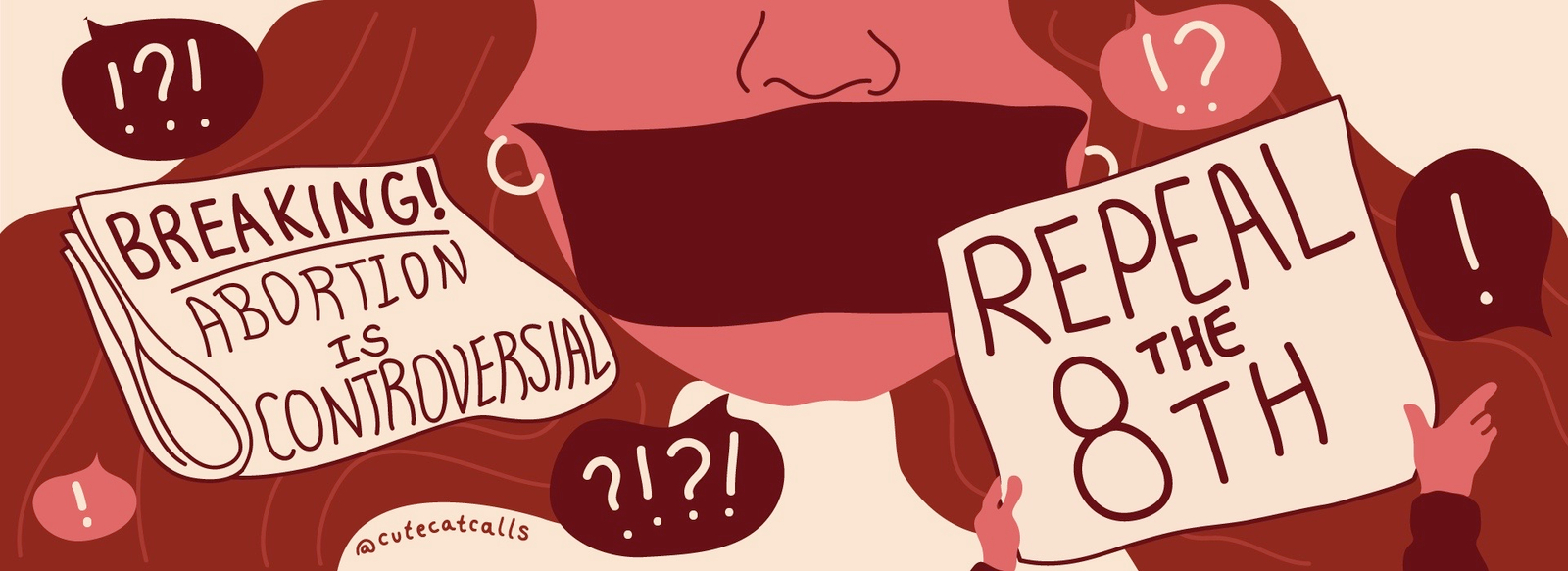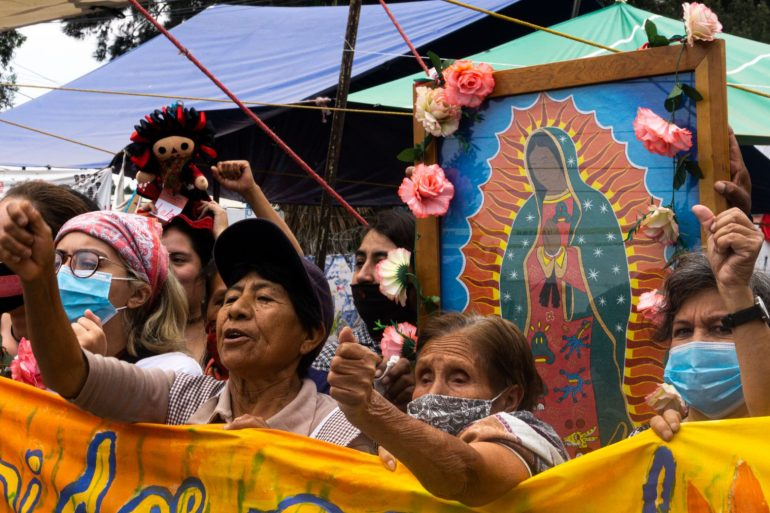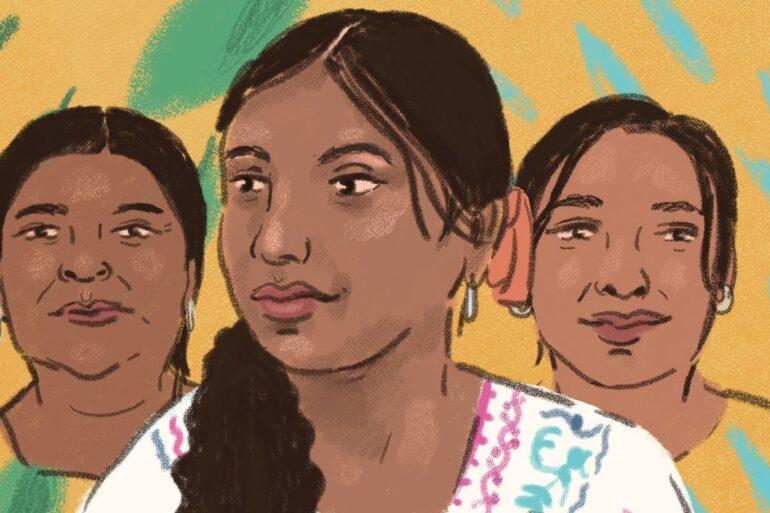This article is taken from research conducted in 2016-2017 prior to the referendum to repeal the 8th Amendment in Ireland. For full research and methodology, please contact Wallis Grant on wallislgrant@gmail.com
Abortion as inherently controversial?
The issue of abortion, and reproductive health in general, continues to be a topic which creates deep polarisation both politically and culturally (Feree, Gamson, Gerhards & Rucht, 2010). Between 2010-2014, it is estimated that 56 million induced abortions occurred worldwide and a recent study from the US found an overwhelming number of women participants expressed that having an abortion was the right choice for them (Guttmacher Institute, 2015; Rocca et. al, 2015). Despite the commonality and largely positive outcomes of the decision to have an abortion, it’s legality continues to be challenged by pro-life and conservative groups across the world, fuelled by negative representations of the choice to have an abortion in the public sphere (Purcell, Hilton & McDaid, 2014). Representation of abortion is extremely salient as it is one of the few areas of the law that is so politically contentious and yet altogether gendered (Iceton, 2016, p. 42). Any discourses surrounding abortion will disproportionately affect women, thus, it is important to judge any representations of abortion by a standard that emphasises the consequences narratives can hold on the everyday lives of women across the globe.
Mainstream media plays a big role in fuelling the picture of abortion as inherently controversial (Purcell et. al, 2014; p. 1144). A qualitative study on print media in Great Britain found that despite abortion being the most performed gynaecological procedure in the region, the media coverage examined presented it as ‘unquestionably and perpetually controversial’ (Purcell et. al, 2014; p. 1145). Framing abortion as contentious is a result of the issue heavily intersecting with concepts of ethics, religion, law and politics (Pruitt & Mullen, 2005), and is, above all, a polarising debate; one is either pro-choice or pro-life. This dichotomy reveals a stark contrast, which in turn creates a good news story, and so does the emphasis of risk and controversy which is often seen in narratives surrounding abortion, clearly siding with those of the pro-life camp. (Purcell et. al, 2014; Feltham-King & Macleod, 2015). As a result of this need to emphasise the inherent controversy of abortion, media discourse tends to focus on the negative aspects of abortion and there is either no or little positive perspectives representing abortion as a legitimate choice (Purcell et. al, 2014, p. 1144).
For many topics, mass media remains a vital arena for informing and shaping public opinion but it is particularly true of reproductive health matters where it is frequently cited as the main source of information on the matter (Ellerston et. al, 2000 in Pruitt & Mullen, 2005, p. 15). The framing of an issue by the media can have powerful and real-world ramifications for an individual so it becomes pertinent to discuss how the media uses this power, particularly during periods where abortion and reproductive rights are at the forefront of the public’s minds.

Frameworks for understanding how media should act
The matter of abortion in Ireland prior to the referendum provided an important case study to understand what function the media can play in shaping public opinion on an issue. Prior to the referendum, termination of a pregnancy, except in extreme cases, was still illegal in the country and abortion had become an issue so deeply entrenched within deep historical and religious divides (Bloomer & O’Dowd, 2014). The recommendation by the Citizens’ Assembly to hold a people’s referendum on the issue plunged Ireland into a period of deep discussion and debate over the issue, forcing citizens to engage with identity and rights issues. It was therefore pertinent to understand if the Irish media during this time facilitated a diverse and encompassing forum for debate, as is needed during citizen orientated decision making processes (Renwick & Lamb, 2013).
How does one begin to judge the quality of public communication on a topic such as abortion? There exists a multitude of frameworks and models that can act as criteria to judge the quality of public communication. Max Feree and colleagues (2002) offer a review of four prominent theories of democracy but for the purpose of my research, the discursive model offers a realistic but extensive conceptual framework for deliberative democracy. Scholars highlight that in times of referendum, the media should be concerned with aiding this form of deliberative democracy as much as possible (Renwick & Lamb, 2013). In light of this, criteria of who should speak, what is said and how, and the agency of discourse on outcomes, will be based on the importance of popular inclusion, civility and mutual respect and a clear direction towards an outcome on the issue, as necessary attributes for the public sphere (Feree et. al, 2002, p. 290).
In addition to this, due to the gendered nature of the issue, a feminist approach was adopted to analyse the media discourse. At its core, a feminist perspective involves a pro-active commitment to a feminist exploration of women’s experience of oppression (Harding, 1987 in Timpson, 1996, p. 777). This differs from other critical theory approaches, for example with the Erwing Goffman school of thought, as gender is often hidden underneath within systems and a feminist approach is concerned with revealing and ultimately eliminating the forces that limit women (Deegan, 1983, p. 182). When this feminist approach is applied to media discourse, feminist researchers attempt to identify ‘patterns within texts to highlight how power is gendered, classed, raced, among other socially constructed categories’ (Iceton, 2016, p. 45). Understanding how abortion is framed thus propagates a feminist approach as any consequences of its discussion are gendered, mostly affecting the bodily autonomy and reproductive health of women.
For the purposes of the research, I combined the criteria used in the discursive model of the public sphere and the feminist approach of deconstructing this discourse to understand the gendered dynamics. The popular inclusion criteria argue that media should actively seek to include experiences of those on the periphery, for example, grassroots organisations or women who have experienced abortion themselves (Feree et. al, 2002). However, it is not enough to simply include them. Celis and Childs (2012) argue that there is a very evident distinction between descriptive and substantive representations when it comes to women. The authors argue that it is not enough to judge representation by the number of women present and/or speaking (descriptive) but how actors attempt to function in the best interests of women (substantive) (Celis & Childs, 2012; Feltham-King & Macleod, 2015). It, therefore, becomes appropriate to view the media in Ireland through this lens, understanding if they sought to include women who have experience with abortion and in their own words as criteria for popular inclusion and substantive representation. The combination of both these approaches allowed the research to judge the media by criteria that prioritises both the enhancement of discourse in the public sphere of democracy and the quality of women’s representation in this discourse.
The invisible women
Sampling 75 articles from April 2016-April 2017, what emerged from the research, among many other patterns, was the scarcity of women’s stories being told in their own words.
Of the sample included, 48% of articles included the voices of political elite, compared with just under 3% of the articles who included or paraphrased the voices of women who had experienced abortion. With this scarcity of women’s stories being told, the research showed an absence of substantial representation of women’s interests on abortion (Celis & Childs 2012). The articles in this sample displayed a deficit of discourse on women’s rights to bodily autonomy.
In fact, the media coverage pointed to a wider issue by some pro-life narratives that placed the unborn foetus’ rights above that of the woman’s; a hierarchy that does not exist within any other bodies of international rights. With the almost non-existent of abortion stories that are not rooted in highly unusual circumstances, it would appear that including an abortion story based simply on a woman’s individual choice, i.e. the most common circumstances under which abortion occurs, was not within the scope of the Irish media. In not including or prioritising these narratives, the media appeared to be glossing over the gendered experience of abortion and marginalising agent voices of women so badly needed for this topic. By not creating space for these ‘normal’ experiences of abortion by Irish women, the media is allowing the highly gendered nature of abortion to become hidden within the most major forum for communication in the public sphere (McBride & Stetson, 2001). If there is an unwillingness by the mainstream media to place a woman’s choice as the most prevalent reason for widening abortion access, this feeds into the indirect stigmatisation of abortion, which continues to deny the agency of women to decide on reproductive matters. To make these experiences invisible is to deny the public a holistic understanding of the Irish abortion experience and these were pivotal narratives needed in the public sphere during the referendum that ultimately shaped Irish women’s right to choose from that point onwards.
What the research sought to highlight was that at the time, the Irish media was failing to provide an appropriate platform for women and thus limiting the agency of women’s experiences that was so crucial to the debate. The Irish media’s inability to fully understand and importantly emphasise the gendered impact discussions on abortion legalising have for women, said a lot about the nature of women’s experiences in this democracy. However, the public overwhelmingly voted to repeal the 8th Amendment in 2018 by 66% and the provision of abortion is now slowly coming into force in the country.
An RTE exit poll showed that 43% of people were swayed by personal stories they were told or heard in the press. This figure offers an antidote to the findings above – the possibility that closer to the poll, the media engaged more diversely and constructively with women in order to offer the public a comprehensive picture of the story of abortion care and rights in Ireland. It affords hope that media can change their approach and live up to their role as facilitators of the public sphere who amplify the voices of marginalised during times of great citizen debate.
See more of Zoe’s work on instagram here













